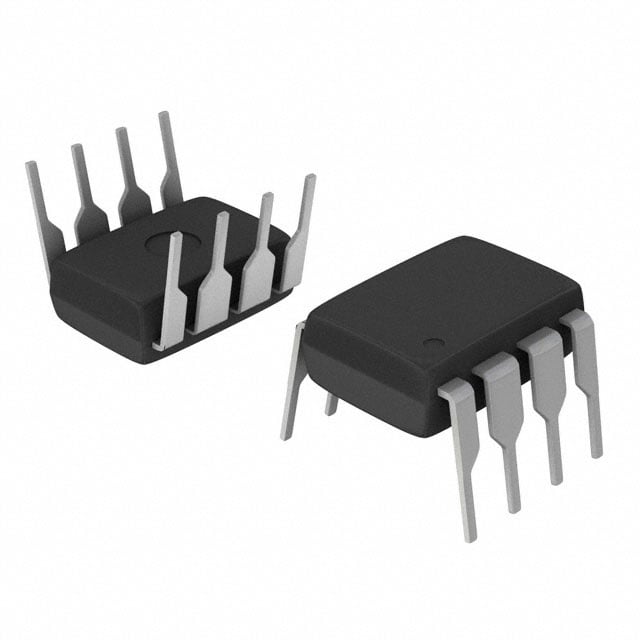Basic knowledge of crystal vibration, circuit design, non-vibration reasons, circuit principle, crystal frequency, digital circuit application (crystal vibration data download)
2024-02-26 10:38:14 53
In the standard 51 MCU system, we generally use the crystal frequency is 12MHz, and due to the architecture of the 51 MCU itself, its one machine cycle is exactly 12 clock cycles, so that the use of 12Mhz crystal can just adjust the machine cycle to 12x(1/12)us=1us.
However, when communicating, 12MHz serial communication is not easy to achieve the standard baud rate (baud rate divider also needs to be divided by the system clock), such as 9600,4800.
11.0592MHz can just be accurately divided into the bit rate commonly used in various communications.
For example, 11.0592MHz = 192*57600 = 384*288000 = 576*19200 = 1152*9600. Therefore, in the single chip microcomputer with a communication interface, 11.0592MHz is generally selected.
Think about it, STM32's low speed clock requires a 32.768Khz crystal oscillator?
The oscillation signal generated by the 32.768KHz clock crystal oscillator is obtained after 15 2 frequency divisions by some frequencers in the quartz clock, that is, 1 second a week, with high timing accuracy. In the quartz clock, part of the frequency can only perform 15 frequency division, if replaced by other frequency crystal oscillator, 15 frequency division is not a 1Hz second signal, the clock is not allowed. And 32.768K=32768=2 to the power of 15, the data conversion is more convenient and accurate.
Many times we will use the 32.768K crystal oscillator to do the clock, in fact, it is also related to the stability of the crystal. The higher the frequency of the crystal, the Q value (quality factor) is generally difficult to do high, frequency stability is not high. The crystal stability of 32.768K is good in all aspects, and the Q value is easier to do high, so an industry standard has been formed.
What is a crystal oscillator?
Crystal oscillator generally refers to quartz crystal oscillator, also known as crystal oscillator. A crystal oscillator is an electronic oscillator circuit that uses the inverse piezoelectric effect, that is, when an electric field is applied to some material, it creates a mechanical deformation. Therefore, it uses the mechanical resonance of vibrating crystals of piezoelectric materials to produce electrical signals with very precise frequencies. Crystal oscillators have high stability, quality factor, small size and low cost, which makes them superior to other resonators such as LC circuits, ceramic resonators, forks, etc.
Basic composition: Cut a thin slice from a quartz crystal according to a certain azimuth Angle, coat the two corresponding surfaces with a silver layer as an electrode, weld a lead wire on each electrode to the pin, coupled with the packaging shell to form a quartz crystal resonator, referred to as quartz crystal or crystal, crystal oscillator. Its products are generally packaged with metal shell, but also useful glass shell, ceramic or plastic packaging.
Information list:
RTC crystal vibration failure causes and solutions.pdf
STM32 RTC crystal vibration failure causes and solutions.pdf
Why is the crystal frequency 32.768kHz? .pdf
Specification for design of crystal circuits.pdf
Possible causes of crystal vibration stop and treatment methods.pdf
Crystal oscillator determines the life and death of digital circuits. pdf
Fundamentals of crystal vibration.pdf
Crystal vibration grounding anti-interference.pdf
Crystal oscillator circuit principle introduction.pdf
Crystal oscillator circuit design.pdf
















